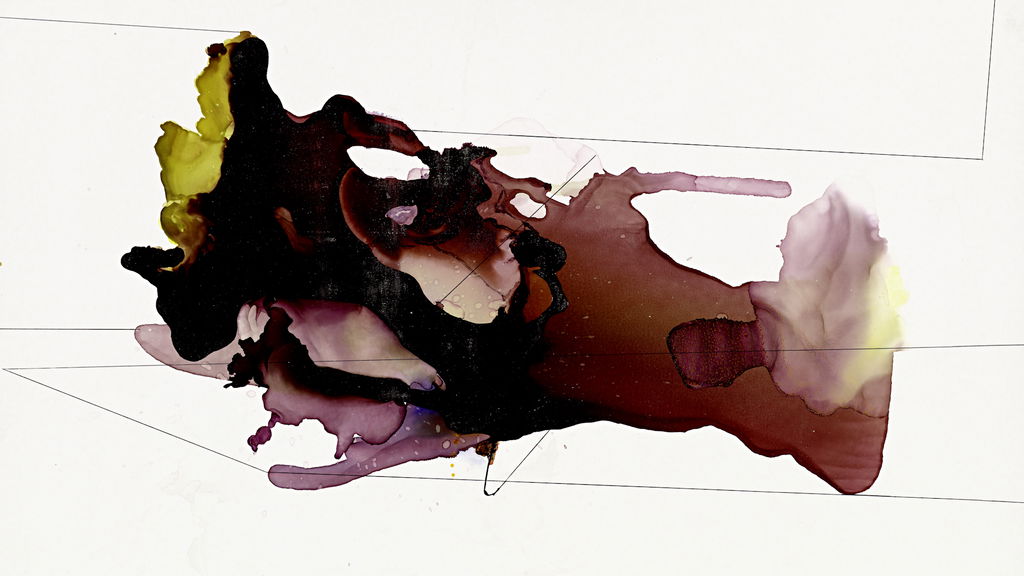Home
Talks
1 Minute 1 Work: Gerhard Richter, Annunciation after Titian, 1973
1 Minute 1 Work: Gerhard Richter, Annunciation after Titian, 1973
In 1972, Gerhard Richter represented West Germany at the Venice Biennale, showcasing one of his most esteemed series of paintings: '48 Portraits'. Whilst in Venice, Richter visited the Scuola Grande di San Rocco where he saw Titian's scintillating 'Annunciation', c. 1539. So entranced by the work, he bought a postcard for keepsake. The following year, Richter began to copy the work, not once, not twice, but five times. With each incarnation, Richter's soft brushstrokes got hazier, the forms of Titian's canvas descending into a fuzzy near-monochrome of Venetian red. Learn more about Richter's ardent commitment to Titian's canvas --- and the impossibility of such a painting for our times --- with writer Robert Storr.
Time Period:
Various
Themes:
Robert Storr is a curator, critic, and painter. From 1990 until 2002 he worked at The Museum of Modern Art in New York, where he was curator and then senior curator in the Department of Painting and Sculpture. His exhibitions there included, 'DISLOCATIONS', 'Modern Art Despite Modernism', and retrospectives of Robert Ryman, Tony Smith, Chuck Close, Gerhard Richter, Max Beckmann, and Elizabeth Murray. From 1990 to 2000 he directed MoMA's Projects program devoted to contemporary art, for which he organized small monographic shows by Art Spiegelman, Franz West, Tom Friedman, and others. In 2002 he was named the first Rosalie Solow Professor of Modern Art at the Institute of Fine Arts, New York University. From 2006 to 2016 he served as the Stavros Niarchos Foundation Dean of the Yale University School of Art, where he continues to be a professor of painting. In 2007 he served as Artistic Director of the Venice Biennale, the first American to hold that position.
Since 1982, his essays, reviews, and columns have appeared in Art in America, Art Press, Frieze, Artforum, Parkett, Corriere della Sera, and other magazines and journals. He is the author of numerous catalogues and books -- most recently, of Intimate Geometries: The Life and Work of Louise Bourgeois (2016), for which he received the 2017 Filaf d'or Award, as well as the 2017 Filaf Award for Best Book on Contemporary Art. A frequent lecturer both in the United States and abroad, he has taught painting, drawing, art history, and criticism at numerous colleges, universities, and art schools. He is the recipient of prestigious awards for his criticism and curatorial work from organizations such as the International Association of Art Critics and the Archives of American Art. In 2016 he was awarded a fellowship from the John Simon Guggenheim Memorial Foundation. Made Chevalier des Arts et des Lettres by the French Ministry of Culture in 2000, he was subsequently promoted to Officier of the same order. Storr lives and works in Brooklyn, New York, and New Haven, Connecticut.
Watch more
Watch more

12:00
Gerhard Richter: Doubt
‘He disturbed my sense of what art should be.’ — Robert Storr on Gerhard Richter

15:48
Gerhard Richter: Drawings
‘The drawings are traces of a life, creating territories in relation to limits and potentials. Communications transmitted to whoever will regard them.’ — Prof. Michael Newman

1:19
1 Minute 1 Work: Gerhard Richter, Ema (Nude on a Staircase), 1966
Writer Robert Storr examines Gerhard Richter’s ‘dissenting’ painting ‘Ema (Nude on a Staircase)’.

12:00
Gerhard Richter: Doubt
‘He disturbed my sense of what art should be.’ — Robert Storr on Gerhard Richter

15:48
Gerhard Richter: Drawings
‘The drawings are traces of a life, creating territories in relation to limits and potentials. Communications transmitted to whoever will regard them.’ — Prof. Michael Newman

1:19
1 Minute 1 Work: Gerhard Richter, Ema (Nude on a Staircase), 1966
Writer Robert Storr examines Gerhard Richter’s ‘dissenting’ painting ‘Ema (Nude on a Staircase)’.

11:49
Reflecting on Gerhard Richter
An exploration of the processes of leading artist Gerhard Richter as presented through his glass sculptures and paintings.